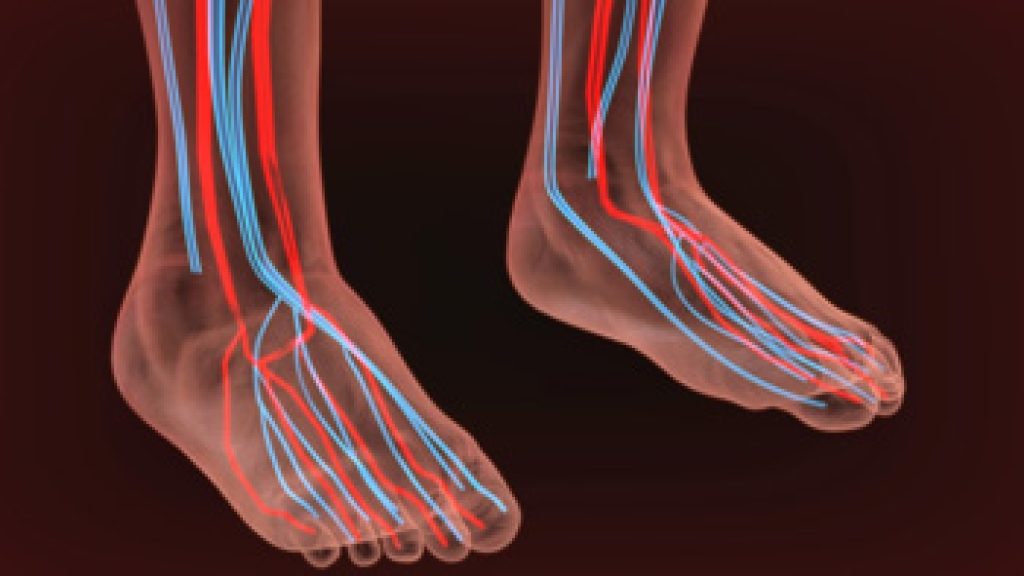 Corns are small bumps of thickened skin that can appear on the foot. They usually occur in response to excessive friction from ill-fitting footwear. There are several different types of corns. Hard corns are typically found on the tops of toes and are characterized by a hard center surrounded by inflamed skin. Soft corns are typically found between the toes. They are soft due to their exposure to sweat. There are also seed corns, tiny bumps on the soles of the feet that typically occur in multiples. Seed corns are often asymptomatic, but hard and soft corns can cause pain and discomfort, especially if the affected area experiences frequent pressure, friction, or irritation. If you have painful corns, it is suggested that you seek the care of a chiropodist.
Corns are small bumps of thickened skin that can appear on the foot. They usually occur in response to excessive friction from ill-fitting footwear. There are several different types of corns. Hard corns are typically found on the tops of toes and are characterized by a hard center surrounded by inflamed skin. Soft corns are typically found between the toes. They are soft due to their exposure to sweat. There are also seed corns, tiny bumps on the soles of the feet that typically occur in multiples. Seed corns are often asymptomatic, but hard and soft corns can cause pain and discomfort, especially if the affected area experiences frequent pressure, friction, or irritation. If you have painful corns, it is suggested that you seek the care of a chiropodist.
Corns are small bumps or dry, hardened skin that can arise on the feet, usually in response to friction. Corns can be asymptomatic, or they can be uncomfortable or painful. If you have corns that are bothering you, please consult with Emily Yu, B.Sc from Uptown Foot Care Clinic. Our specialist can help you maintain the health of your lower limbs and your mobility.
There are three types of corns:
- Hard corns
- Often occur on the tops of toes
- Feature a hard core surrounded by dry, irritated skin
- Can be painful
- Soft corns
- Often occur in between the toes
- Soft due to constant exposure to sweat
- Can be painful
- Seed corns
- Tiny
- Often occur on the soles of the feet
- Usually asymptomatic
Corns can be prevented by wearing shoes that fit properly. They are typically benign and don’t require medical treatment. However, if your corns are causing you pain or discomfort, don’t hesitate to reach out to a chiropodist near you for treatment options. If you have any questions please feel free to contact our office located in Toronto, ON .
 Flip-flops
Flip-flops Obesity
Obesity
 Poor circulation
Poor circulation